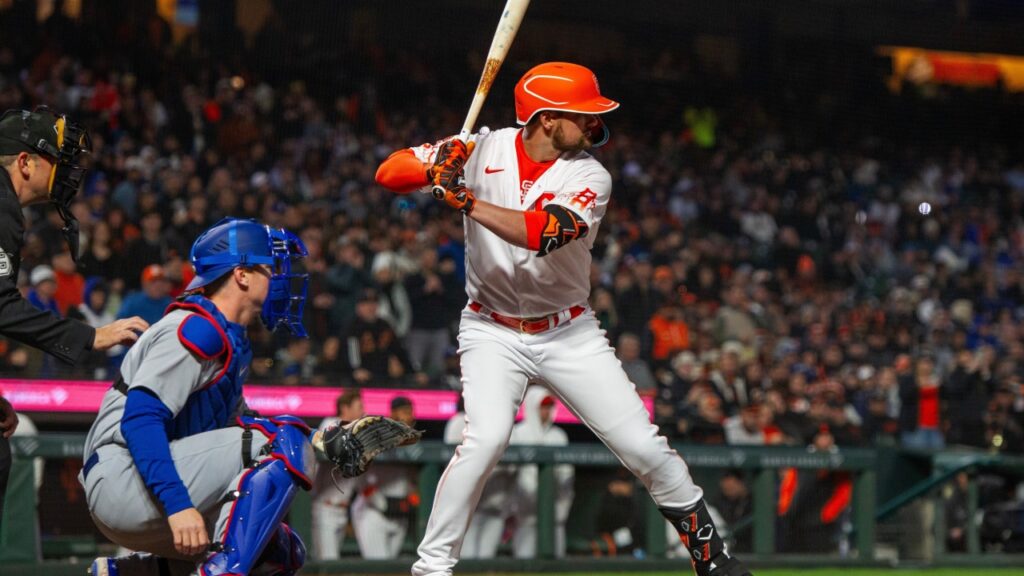
Baseball feels like a game full of rules. But it also runs on quiet rules that come from hope, habit, and a little bit of magic. Fans are famous for this. They wear the same shirt for every game, sit in the same seat, or refuse to say a certain word.
Some of these superstitions go back a century or more. Others began in one city and spread fast. Even now, in a world of stats and instant replays, millions of fans still believe in things that can’t be proved. This article looks at the most common fan superstitions, where they came from, why they stick around, and what research says about them.

Lucky Gear, Seats, and Game-Day Rituals
Fans love a good lucky charm. For many people, a jersey is not just a shirt; it’s magic. Some fans wear one shirt for every game of a season. Others keep a hat, a pair of socks, or even a “lucky” item they refuse to swap out during a streak. A few fan stories even describe keeping garments unwashed until the playoffs are over.
Fans will also rub a token, kiss a bracelet, or hold a coin in a certain way. These habits give comfort. They help fans feel like they are doing something to help the team. A national poll found that about two-thirds of sports fans say they are superstitious around game time, doing things like wearing a special jersey or repeating the same routine.
Where do these habits show up? In stadiums and on parade routes. After big wins or long playoff runs, fans will be seen patting jerseys, kissing rosaries, or saying a quiet prayer while wearing their lucky gear. News stories from playoff years show fans openly leaning on ritual and faith to feel connected to the win.
Fans also believe in lucky seats. Some people swear by a “game chair” at home. If the team wins when they sit there, they’ll never give it up. Fans sometimes avoid seats they consider unlucky, much like how airlines skip the number 13.
Studies of fan behavior show that the stronger a person’s identity with their team, the more likely they are to keep and repeat rituals like wearing the same outfit or sitting in the same place. Rituals help fans feel in control when the real outcome is out of their hands.
Why do fans keep doing this? Two big reasons: control and comfort. Sports are uncertain; any play might change the whole game. By doing the same things each time, fans reduce anxiety. They also get social rewards.
When a crowd shares a chant, a clap pattern, or a ritual, it builds team spirit. Even if the ritual has no power, it helps people feel like part of a group. Research shows that rituals can lower stress and make fans feel closer to their team and to each other.

The No-Hitter Taboo and Silence Rituals
One of baseball’s best-known taboos for fans is the no-hitter taboo. When a pitcher is close to throwing a no-hitter (no opposing player gets a hit for an entire game), fans, players, and broadcasters will often avoid speaking about it.
The idea is simple: talking about the no-hitter might “jinx” it and make it end. This taboo is so old and so strong that major baseball sites and teams still write about it as part of the game’s unwritten rules. Many players and fans follow the rule in the dugout and the stands, and some announcers keep quiet until the game ends.
Where did that come from? People point to many stories through the years when a no-hitter was broken after someone mentioned it. Over time, the examples added up and became a rule that people respected.
Some say the taboo is more about superstition than reality. Sports writers and managers remind fans that mentioning the no-hitter does not cause it to fail. Still, avoidance remains common because the ritual feels like a way to protect something fragile and special.
It is not just no-hitters. Fans also practice silence around other “near-perfect” events. If a player is seconds away from a record or a big milestone, you might see fans quiet down, hold their breath, or make a sign. The quiet becomes a shared hope. When fans do this together, they feel close to the moment. That shared hush is part of what makes baseball feel timeless to many people.
Curses, Team Myths, and Long Memories
Baseball has a special place for long stories about curses. Fans love a good team legend that explains bad luck. Two of the most famous examples are the Curse of the Bambino and the Curse of the Billy Goat.
The Curse of the Bambino
The Curse of the Bambino began after the Red Sox agreed to sell Babe Ruth late in the 1919 off-season, with the deal publicly announced in early January 1920. Fans said that the sale cursed Boston’s chance to win a World Series. The Red Sox went from their 1918 championship all the way until 2004 before winning again, an 86-year drought.
The phrase “the curse” became part of Boston culture until the team finally broke through. That 2004 win is often called the moment the curse ended.

The Curse of the Billy Goat
The Curse of the Billy Goat is a Chicago legend. In 1945, a tavern owner and his goat were asked to leave Wrigley Field during the World Series. The owner declared that the Cubs would never win again. For many fans, that “curse” explained decades of losses.
The story stuck until the Cubs won the World Series in 2016, a win that many fans celebrated as the curse being broken. The tale is a mix of fact, family lore, and big imaginations, and it shows how fans use stories to hold on to hope and meaning.
Even though modern baseball uses data, psychology, and advanced coaching, fans still love the stories. Curses let fans make sense of long stretches of bad luck. They also create moments of joy and release when the curses “break.”
Teams and stadiums sometimes sell that history, too; it becomes part of the brand and the game-day show.
Frequently Asked Questions
Q: Do superstitions actually help a team win?
A: No scientific proof shows that a lucky hat or seat causes a win. But superstitions can help fans cope with stress and feel connected. Studies show rituals give people a greater sense of control and can lower anxiety before big events. That helps the fan, even if it does not change the scoreboard.
Q: Are players superstitious in the same way fans are?
A: Yes and no. Players often have personal rituals (like a warm-up routine or a lucky bat knob) that help them focus. Fans’ rituals are more about hope and group identity. Both groups use ritual to handle the game’s unpredictability. Many top athletes use rituals for comfort and confidence.
Q: Is the no-hitter taboo real or just silly?
A: The taboo is real in baseball culture. Fans, players, and some broadcasters often avoid mentioning a no-hitter. But that does not mean talking causes the no-hitter to end. The rule lives on because people believe in it and because the silence becomes part of the moment.
Q: Do team curses really exist?
A: Curses are stories, not facts. The “curse” stories explain long periods of poor results in a simple way. They are powerful in fan memory and in local culture, but sports historians show that bad baseball is usually due to trades, money, and chance — not magic. Still, curses make great stories and help fans share emotion and identity.
Q: How common are fan superstitions?
A: Quite common. Surveys and studies show many fans have at least one game-day ritual, from wearing the same clothes to avoiding certain foods or people during games. The more a person identifies with their team, the more likely they are to hold on to superstitions.
Q: Can teams or stadiums use fan superstition for marketing?
A: Yes. Teams sometimes sell “lucky” shirts or stage rituals as part of their fan experience. Honoring old superstitions or legends can boost ticket sales and make fans feel part of the team’s story. Stadium lore, like the story of a curse, often becomes part of the brand.
Conclusion
- Baseball’s superstitions are a mix of charm, storytelling, and comfort.
- Fans show belief by wearing lucky gear, sitting in special seats, and keeping silent during key moments.
- These rituals don’t change the stats, but they change how fans feel and give them a sense of control.
- In a game where one swing can change everything, small rituals help fans feel part of the action.
- Superstitions keep baseball history alive, with legends like the Curse of the Bambino and the Curse of the Billy Goat linking generations.
- Whether seen as harmless fun or stubborn belief, superstitions shape how people watch, cheer, and bond over baseball.
- Rituals work as social tools, helping fans cope with stress and connect with one another.
- Superstitions also make great stories, which deserve respect and a sense of wonder.
- These traditions are part of what makes baseball more than just a game.
Read More
- NFL Players Who Overcame Career-Threatening Injuries To Make A Comeback
- How Jackie Robinson Changed American Sports Forever
- Greatest Super Bowl Moments That Shaped Football History
This article was made with AI assistance and human editing.


